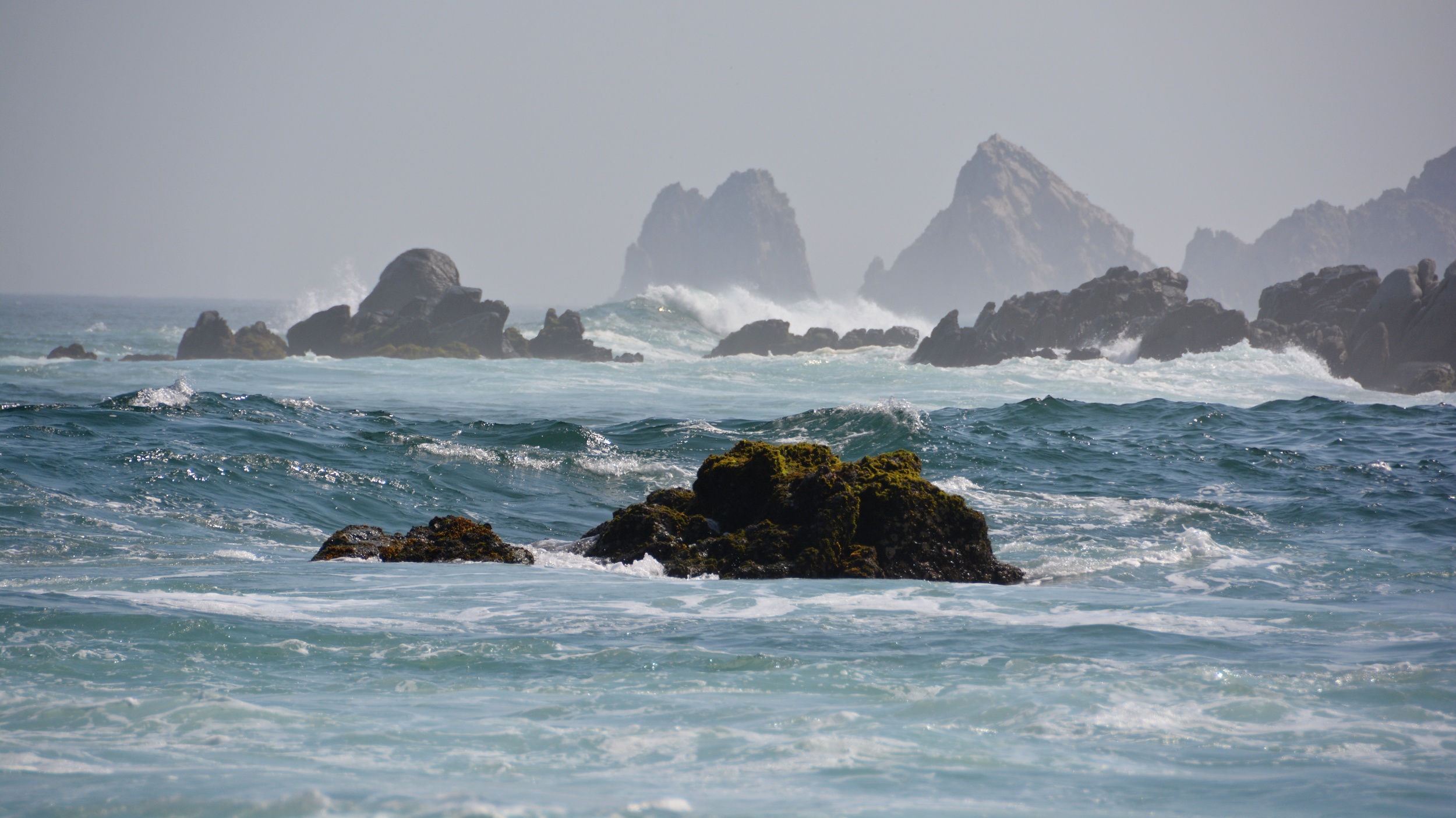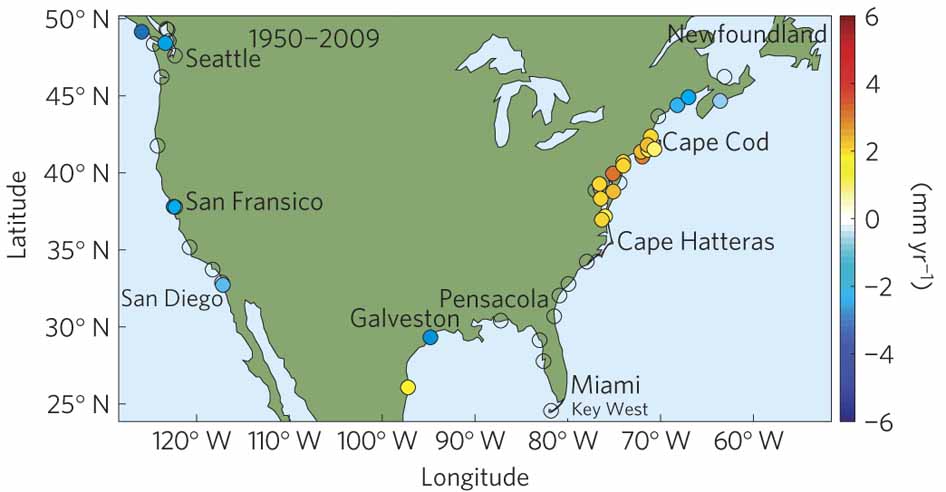Greater increase in winter temperatures in Northeast, Midwest and down to Texas, and parts of the Mountain West. Source: NRDC
This year’s skiing season has gotten off to a worrisome start. According to Bob Berwyn of the Summit County Voice:
With the state’s major ski resorts struggling to open just minimal amounts of terrain in time for the busy Christmas holiday season, two University of New Hampshire researchers estimate that the $12.2 billion industry has already suffered a $1 billion loss and dropped up to 27,000 jobs due to diminished snow fall patterns and the resulting changes in the outdoor habits of Americans.
Katharine Q. Seelye of The New York Times reports that ski centers at “the lower elevations and latitudes” will likely close as the climate warms:
Whether this winter turns out to be warm or cold, scientists say that climate change means the long-term outlook for skiers everywhere is bleak. The threat of global warming hangs over almost every resort, from Sugarloaf in Maine to Squaw Valley in California. As temperatures rise, analysts predict that scores of the nation’s ski centers, especially those at lower elevations and latitudes, will eventually vanish.
Under certain warming forecasts, more than half of the 103 ski resorts in the Northeast will not be able to maintain a 100-day season by 2039, according to a study to be published next year by Daniel Scott, director of the Interdisciplinary Center on Climate Change at the University of Waterloo in Ontario.
The percentage of ski resorts in the Northeast predicted to be viable by 2039:
Connecticut – 0%
Massachusetts – 0%
New York - 25%
New Hampshire - 39%
Maine - 57%
What about the Rockies? According to Seelye's article, “Park City, Utah, could lose all of its snowpack” by end of the century and the snowpack in Aspen, Colorado “could be confined to the top quarter of the mountain."
Will artificial snow rescue the ski mountains? In view of the predicted water shortages in the West, this is of doubtful economic feasibility. Seelye writes: “After last year’s dry winter and a parched, sweltering summer, reservoirs are depleted, streams are low, and snowpack levels stand at 41 percent of their historical average.”
"Skiing Sunday was grand." However, this skiing season is not over. John Meyer, of The Denver Post, had a "grand" experience at Winter Park last Sunday when:
Colorado ski areas were blessed with a nice storm — 14 inches at Winter Park, for example. So I went back to Jones Pass on Sunday, hoping conditions were adequate at last. It was more than adequate. I was blessed with one of my most enjoyable backcountry experiences ever.











